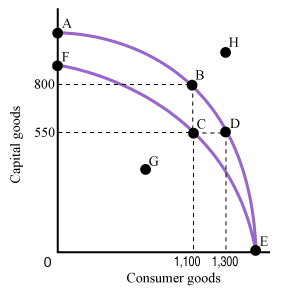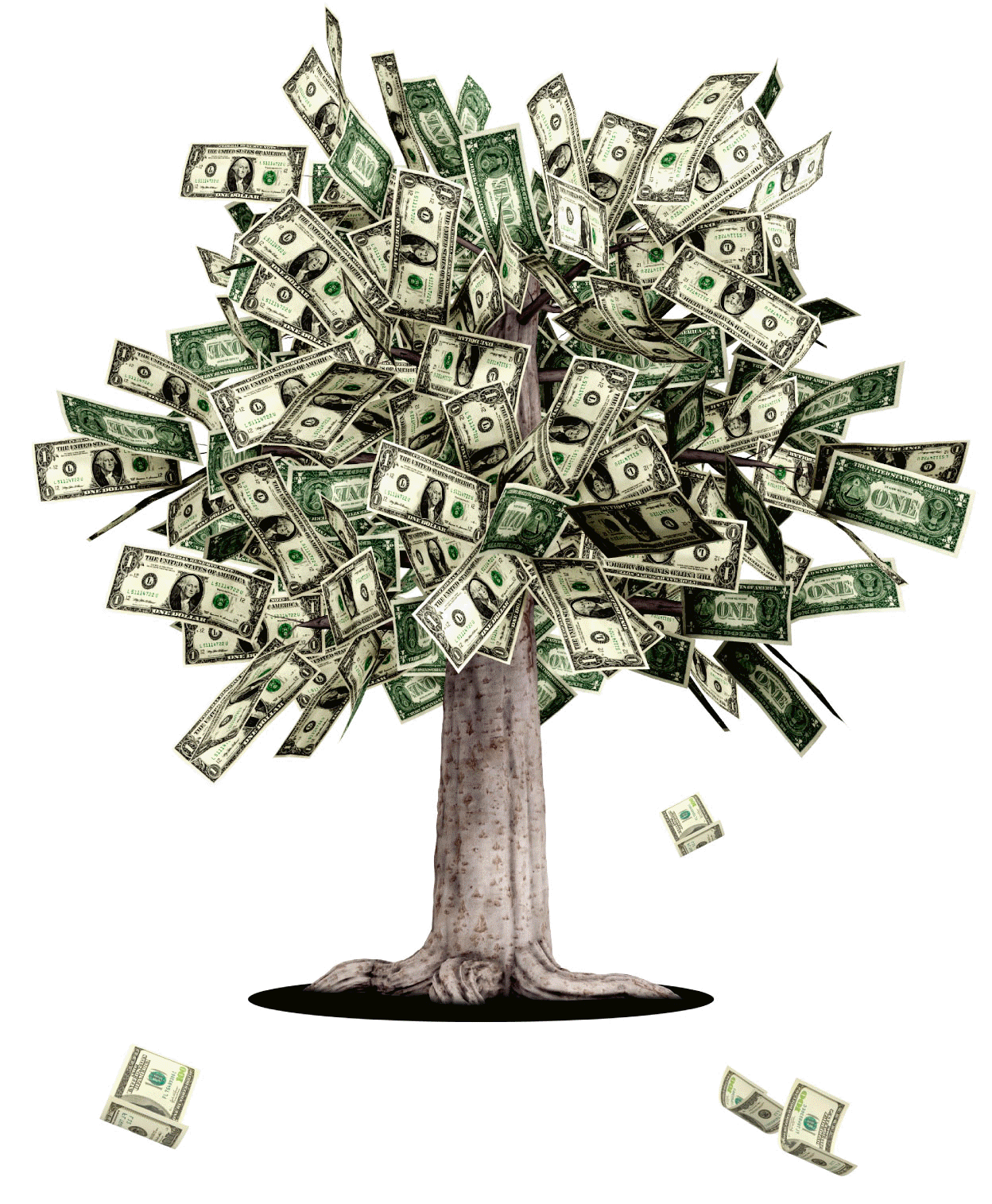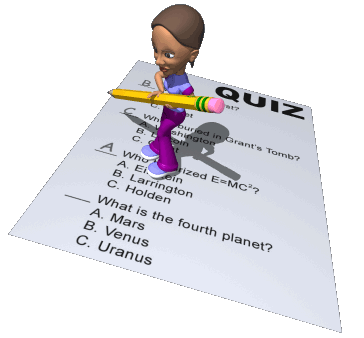
Mr. Dostert's Domain


All individuals and societes have needs and wants they must satisfy. To survive humans need food, water, and shelter. However we also have things that we desire but are not necessary for survival, these are wants. However we must each make choices in our lives to satisfy these needs and wants in the way which suits us best. Economics is the study of how the problem of choice presents itself and how societies deal with that problem. The reason for this problem exists is because all resources on earth are scarce. Scarcity exists because there are limited amounts of resources and a seemingly unlimited want for them. Although everyone would like to have a Ferrari there are not enough of them for everyone to have. This ultimately leads societies to solve the problem of who gets which resources and how to exchange these goods and services when their needs and wants change. Individally and collectively we make choices to do this.
Scarcity and Choice


Introduction to Economics
Factors of Production
Societies need a wide range of goods and services to meet their needs and wants. To produce the goods and services needed in society resources must be allocated proficiently so that they can be combined in a way that can be utilized for production. The things necessary to create goods and services can be organized into 4 categories known as the Factors of Production: Land, Labor, Capital, and Entrepreneurship.

All of the Factors of Production are used to create any good or service through the planning of an Entrepreneur. This person manages, organizes, and makes decisions that will provide for the success or failure of all economic endeavors. This leader combines the land, labor, and capital to create things that society can use and therefore often assumes the most risk and reward for a business.
Opportunity Cost
Due to scarcity the problem of choice presents itself. Inherent in this problem is the costs of this choice. Every time a decision is made, there is an alternative which is sacrificed, this is known as the opportunity cost. To understand these costs economists look at the trade-offs systematically to understand what is gained and lost by each decision which is made. What are the costs and what are the benefits?

It is important to note that the opportunity cost is the value of the next best option to the choice made. Often these choices are made without much thought. Should I have an apple or a pear for lunch? By choosing an apple I gave up having a pear. The pear is my opportunity cost. What economists examine is what things led me to my decision. Which aspects did I value more? What did I lose by choosing the apple and how will my decision effect my decisions in the future?

Production Possibilities
A way Economists use to analyze the choices we face is by looking at two choices on what is called a Production Possibilities Curve. A Production Possibility Curve measures the different combinations in the production of two goods to determine which level of production is most beneficial and therefor renders the lowest costs. The curve itself represents the highest level of production possible based on the factors of production which are currently available to an entrepreneur. The choices can be seen by sliding along the curveto see what is gained and lost by the change in production. An entrepreneur will never choose a level of production inside of the curve because that would result in underutilization and waste.
The curve itself can only move if there is a change in the factors in production available in an economy. If a change occurs the line will shift according to that change's effects. An example would be if new technology is introduced to an economy which makes its workers more efficient, the curve would shift outward and increase the production possibilities. Another aspect that can cause a shift in a Prodcution Possibilities Curve is a change in technology available. Because technology allows us to use resources more efficiently, new technology allows the economy to produce more with the available resources causing the curve to shift outward.


By using production possibility curves, economists can visualize efficiency, growth, and opportunity costs of an economy no matter how large or small. These curves can represent an individual's decision, the production costs of a company, or even the output of an entire nation. It is very important therefore to understand how decisions on a production possibilities curve are shown and how to describe the costs and effects of any decision.



Economic Systems
To deal with the problem of choice several systems have been developed to deal with the problems and production as well as the distribution of wealth and resources. Societies therefore have to collectively decide how to solve the three economic questions:
1. What goods and services should be produced?
2. How should goods and services be produced?
3. Who consumes the goods and services produced?

Traditional Economy
A traditional economy revolves around the family unit and is based on community structures. People in traditional economies work to support their entire community by producing all the goods and services necessary themselves in a system that is almost entirely self-reliant. Traditional economies are generally based on agriculture and huning with an emphasis on promoting the welfare of all members of the group. Generally goods are made by hand with no industrialization with choices often dictated by traditions, religion, or customs. These economies generate a strong sense of community and a sense of purpose as each individual is seen as an equal part working for the benefit of the whole. A major weakness of traditional economies lies in its inability to deal with natural disasters which can devestate the entire society and can take generations to rebuild.

Command Economy
A command economy is an economic system in which choices of production and consumption of goods and services are decided by a central authority or government. Sometimes called a centrally planned economies, command economies are designed to distribute the wealth and benefits evenly across society through the creation of state-owned and opperated industries which prohibit individualist enterprise and competition. These economies are very popular amongst the poor because they are designed to help all classes of society. These economies are hindered by poor growth due to the lack of personal incentive created by egalitarian policies. Command economies are usually associated with communism and the writings of the German Economist and philosopher Karl Marx. Although few nations still operate command economies today, they are still highly influential to economic thought.
Free Market Economy



A market economy is an economic system in which economic decisions of production and consumption are made by supply and demand found in that particular market. Free Market systems, commonly referred to as capitalism rely on natural forces of incentive and self-interest of society and individuals rather than any central body to answer the three economic questions. This system described by the economist Adam Smith believed that an "invisible hand" determined prices because as prices rose consumers chose alternatives or did not purchase that product until supply met demand creating an environment in which consumer and producer were satisfied. Furthermore, Smith argued for a "Laissez Faire" apporach in which government does not interfere with the market to keep it working at peak efficiency. These economies create huge gains, however those gains are not evenly distributed and the lack of regulation results in societies with huge gaps between rich and poor. Today there are few true market economies, however their principles are still applied to our current market systems.

Mixed Economy
A mixed economy is an economy which seeks to combine the earning power of a free market with the security of a centrally planned economy. Following the market failure of the Great Depression many began to look for an alternative to a free market economy through the development of regulations to insure the safety of workers and protections against market failures such as the Great Depression, the results were the creation of a mixed economy. A mixed economy combines private ownership with government regulation and oversight. These oversights come in a variety of different forms varying from unemployment insurance to state-run industries that are essential such as the water company and sewage treatment. Today most countries in the world use some form of mixed economy ranging from few protections to socialist welfare states. To compensate for the increased role of the government higher taxation can limit growth and government regulation on occasion has prevented improvement as people come to depend on government assistance. Despite this, Mixed Economies still seem to be the system of economics in the foreseeable future as the inefficiency of communism and the vulnerability of capitalism have resulted in people's loss of trust in each.


Competition allows consumers to get products they want at prices they can afford.

Goals of an Economy:
1. Stable Prices
2. Low Unemployment
3. Economic Growth


American Enterprise
The American economic system is a mixed economy. The government works to regulate the workplace through a series of measures which balance individual demands with national needs. Compared to most nations in the the world the United States has far fewer regulations and national programs than nations with comparable standards of living. This is due to American traditional Laissez Faire beliefs and popular resistance to taxes and government interference in the market.


The American economy is functions largely according to the circular flow chart like the one seen below. This chart shows how households sell their labor to businesses in exchange for wages within the factor market which are then used to purchase goods and services from businesses at the product market. Both businesses and households are overseen by the government and taxed. The higher the income of households the greater their spending as they seek to fulfill their unlimited needs and wants. As revenue increases businesses invest in hiring more workers, technology, or equiptment which enables them to produce a higher capacity continuing the cycle. Ultimately the American economy is thriving when it is spending the most money ensuring this cycle.

Government Intervention
Despite America's economic laissez faire tradition, over time a series of economic safety nets and public services have developed to protect citizens from the consequences of market failure and give relief to citizens living in poverty.
Public Goods and Services
Cash Transfers
In-Kind Transfers
A public good or service is something done by the government for the good of all its citizens. These are often things that people believe are necessities or a product that would not benefit from competitive markets. A common example of a public good is water. Because people need water to live competition could lead to lower quality or water to be turned off if a bill is not paid. The government is much more lenient to the needs of the people than corporations and therefore the people benefit from water being distributed by the government.
Cash transfers are direct payments of money made by the government to citizens who qualify. Generally these transfers have come to be known as social welfare. These payments come in a variety of forms from Social Security to TANF. These programs are designed to provide relief to those unable to provide a standard of living the government demands. These can also come in the form of unemployment insurance to keep families afloat until new employment can be found. Over the years cash transfers have come under attack by conservative groups who claim that these programs provide an incentive for people not to work and instead live off government relief programs.




In-kind transfers are payments made by the government that can only be used to obtain a particular good. An example of in-kind benefits are food stamps. The SNAP program provides food purchasing assistance for low-income families which are distributed by the state's division of social services. These benefits are very common to help bridge the gap of low-income families and provide the necessities of life.

Subsidies
Subsidies are payments made by the government to individuals or businesses to promote an economic policy. For example; subsidies are regularly paid to farmers not to farm in order to keep market prices higher to elevate the standard of living of farmers by reducing competition. The government also pays subsidies to businesses who develop new technology. This development involves economic risk that many businesses could not afford, however the government and economy as a whole benefits when these new forms of technology are successful so these subsidies are paid to encourage risk-taking for the greater good of the nation.


Problems in the American Economy:
1. Welfare Dependence
2. Free Riders
3. Externalities
4. Unequal Distribution of Wealth
5. Stifled Competition
Externalities
Often the cost or benefit of economic actions are accrued by people or businesses who did not choose that cost or benefit. These costs or benefits are called externalities. The government is often forced to intervene and regulate many businesses to minimize externalities.
A negative externality is sometimes referred to as an external cost. It is when a negative effect is felt by an unrelated third party. An example of this is found in air polution. Although I did not make the decision to produce the air polution I am forced to feel its effects.
A positive externality or external benefit is when an economic activity rewards a third party who did not make a choice. An example of this is when I paint my home to increase its value. Neighborhoods' values increase collectively and my neighbors home values would also increase as a result of my decision to paint my home.



Economist Thinkers
Media
Adam Smith
Karl Marx


America's Economy
Distribution of Wealth
Citizens or Customers?
Externalities



Government & Economics
Market Economy
Monetary & Fiscal Policy
The Business Cycle
Economies do not constantly grow or fall. Instead they go through up and down periods of growth and contraction that collectively form what is known as the business cycle. Business cycles generally show a long term growth that is generally measured in one of two ways: the Gross Domestic Product or the Gross National Product.
The business cycle can be broken into 4 distinct periods:

Expansion/Recovery
Expansion is a period of economic growth in which goods and services are readily available to the public and unemployment is decreasing. These periods are seen as good times as wages rise and profits increase.
Peak/Boom
A Peak is a high point of an economy in which profits and wages are maximized and prices rise. At peaks societies have disposable income in which they often readily spend because there is a positive feeling.
Recession/Contraction
A recession is a general slowdown in economic activities including production, employment, and investment as demand decreases and people lose faith in the market.
Depression/Trough
A depression is a low point in economic activity. These can be short or long. Employment falls sharply as well as costs as resources become underutilized. To counter these low points and encourage investment interest rates fall and deflation causes the value of money to increase.















